Carbon monoxide detector purchasing advice: how to choose the right product
- What you need to know
- Carbon monoxide detectors reliably warn of carbon monoxide and can save lives.
- Consumers should look for certification according to standard EN 50291 when buying.
- When buying a CO detector, the service life of the device is also important.
Safe guard in case of toxic gas leakage
Carbon monoxide detectors (also CO detectors) can save from serious poisoning and even save lives. There are repeated reports of deaths caused by poisoning with carbon monoxide. The installation of such a detector in living spaces is thus an important measure for many people to ensure their own safety.
What is carbon monoxide (CO)?
The invisible, odorless and tasteless gas carbon monoxide is a chemical compound of oxygen and carbon. It occurs when carbonaceous substances burn incompletely in the presence of an insufficient supply of oxygen. As a toxic gas, it poses a major hazard because, unlike smoke, it cannot be seen or smelled. Since it binds far more strongly to hemoglobin (blood pigment) than oxygen, it causes a significant reduction in oxygen transport. In the body, carbon monoxide causes a drastic lack of oxygen, which is manifested by symptoms such as palpitations, headaches, nausea, shortness of breath or seizures. In the worst case, poisoning with carbon monoxide leads to death. The most well-known manufacturers of carbon monoxide detectors are, for example, Abus, Kidde and FireAngel.
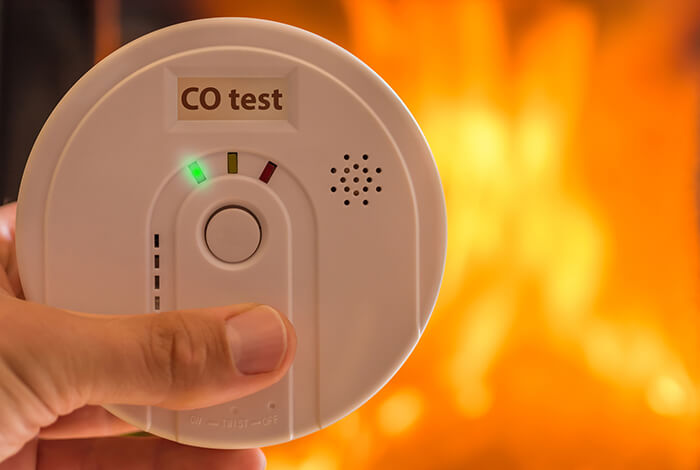
What is a carbon monoxide detector?
When heating with organic fuels, there is a risk that the dangerous carbon monoxide can form if there is insufficient oxygen supply. The crackling fire in the fireplace is an important element for fireplace owners in the cold season, which is part of a cozy living environment. If the chimney is clogged, it can quickly become dangerous. Even a defective gas boiler or a poorly maintained oil furnace can threaten the health or even the life of the occupants. The practical carbon monoxide detectors protected against this danger, as they provide early warning of the toxic gas.
How does a carbon monoxide detector work?
A CO detector is equipped with electrochemical sensors that are very sensitive to the presence of carbon monoxide in the room air. When the hazardous gas flows past the sensor cells made of tin dioxide, an oxidation process occurs that produces carbon dioxide. This affects the conductivity of the sensors and causes a change in resistance. Depending on the carbon monoxide concentration, an alarm signal is triggered with a certain time delay. For all carbon monoxide detectors sold in the EU, the EN 50291 standard is binding, which precisely defines the limit values as well as the time periods until the alarm is triggered. According to part 1 of the product standard, a warning alarm must be equipped with visual as well as acoustic signal. The table below lists the specifications given in standard EN 50291 regarding the alarm message in connection with the carbon monoxide content:
| CO concentration in the air | Time span until alarm |
|---|---|
| 30 ppm | After 120 minutes |
| 50 ppm | Between 60 and 90 minutes |
| 100 ppm | Between 10 and 40 minutes |
| 300 ppm | Less than 3 minutes |
In the event of an alarm, a visual signal is activated and a warning tone sounds at a volume of 85 decibels (dB). When the concentration of the toxic gas drops back to harmless levels, the alarm turns off. Manually, the alarm message can be interrupted by disassembling the warning indicator or by pressing the mute button. The chemical sensors of a carbon monoxide detector are very sensitive. For this reason, the average service life is usually only three years, but there are isolated models with longer durability up to 10 years. After the expiration of the shelf life specified by the manufacturer, a warning detector must be replaced to ensure unrestricted safety through smooth operation.
Which Co concentrations and measured values are harmless?
When exactly the concentration of carbon monoxide in indoor air becomes dangerous for humans depends on various factors. These include, for example, the person’s state of health, age or size. The different alarm levels with the varying alarm time periods from EN standard 50291 are based on the average values from which concentration the gas becomes dangerous for humans. The effects of CO concentration on human health also play a significant role in alarm grading. The following limits provide the framework for safety and proper warning levels for carbon monoxide occurrences:
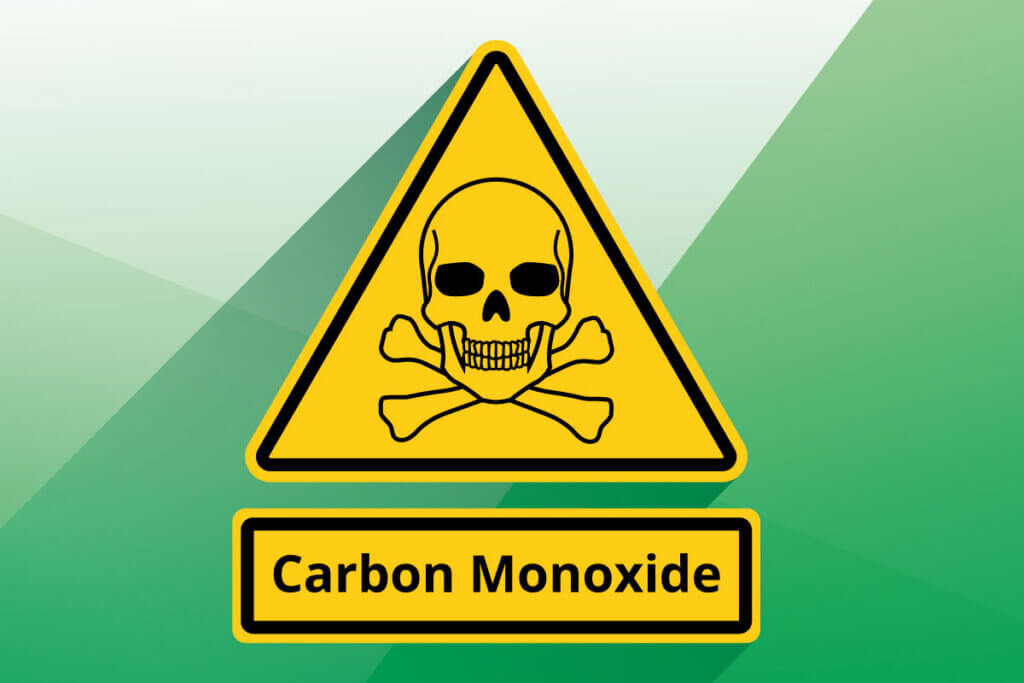
| Limits | Health complaints |
|---|---|
| not more than 35 ppm | harmless when staying for 8 hours continuously |
| from 150 ppm | minor headache after about 1.5 hours |
| 200 ppm | after about 2 to 3 hours, nausea, dizziness and fatigue appear (in addition to headache) |
| 400 ppm | symptoms mentioned already after 1 to 2 hours, after 3 hours there is danger to life |
| 800 ppm | Symptoms after 45 minutes, unconsciousness within 2 hours, danger of death after 2 hours |
| 1600 ppm | Symptoms after 20 minutes, danger of death within one hour |
| 3200 ppm | Symptoms after 5 to 10 minutes, death occurs after 25 to 30 minutes |
| 12800 ppm | Death after only a few minutes |
Carbon monoxide detector or gas detector?
Many consumers choose to purchase a gas detector when looking for a carbon monoxide detector. Since carbon monoxide is also a gas, this choice is quite understandable at first glance. Gas detectors were explicitly designed for liquid gas or natural gas and warn of explosive gases such as propane, methane or butane. They are designed to protect against gas explosions and strike at even the smallest amounts of gas. Carbon monoxide has a different density, therefore a conventional gas detectordoes not provide a reliable warning of carbon monoxide. Therefore, it is safe in any case, if a special carbon monoxide detector is used. Such a device offers advantages and disadvantages listed below:
Advantages
- Visual and audible alarm
- Different warning levels
- No false alarm for smoke or dust
Disadvantages
- Low service life
- Not a substitute for smoke and/or gas detectors
- Somewhat more expensive than smoke or gas detectors
Here is what you should look for when buying a carbon monoxide detector
There are different models on the market, which can differ significantly in terms of functions, service life, power supply and price. In addition to the visual and audible alarm, some carbon monoxide detectors have, for example, a display on which the current measured value is shown. The measuring range should definitely correspond to the spatial conditions, there are now devices for smaller and larger living spaces.
Important note!
A carbon monoxide detector is NOT a substitute for a smoke detector. However, it serves as a useful and life-saving supplement, so the parallel use of both devices is absolutely recommended.
Depending on the planned installation location, the possibility of mounting on the wall or ceiling also plays an important role in the purchase. Attention should also be paid to the information on the volume of the audible alarm and the type of power supply. Most often it is necessary to equip with batteries, which should be replaced after some time to ensure long-term safety. In addition to a display, the equipment with functions such as a self-test or a pre-alarm is also quite recommendable. Users should also consider the service life of the sensors when making a purchase decision. Depending on the model, this can be between 5 and 10 years. If the shelf life has expired, the detector must be replaced. Investing in a model with a long sensor life can therefore be worthwhile and reduce frustration.
Here is an overview of the most important purchase criteria:
- EU standard certification
- With or without display
- Power supply (How many batteries are needed?)
- Self-test function available?
- Service life of the device and the sensor
- Pre-alarm present?
- Volume of the audible alarm at least 85 decibels
When buying, it is essential to check whether the device is certified according to standard EN 50291 and thus complies with the strict EU specifications.
Tip
Special warning alarms have been designed for use in campers and boats, which are particularly resistant and robust. These models are certified according to part 2 of the EN 50291 standard.
Installation: How do I properly install a carbon monoxide detector?
Carbon monoxide has approximately the density of conventional room air and therefore distributes itself evenly. For this reason, the correct installation of a carbon monoxide detector is particularly important for reliable operation. According to the recommendations of the European application standard DIN EN 50292, the installation of a carbon monoxide detector is advisable for every room with a combustion device. Also recommended to install in bedrooms and other living rooms where people stay for a long time.
Under no circumstances should the unit be installed near windows, doors and/or ventilators, as the increased air circulation in these areas could falsify the measurement results. Unlike a smoke detector, a carbon monoxide detector should not be mounted on the ceiling in rooms without a combustion site. Ideal is wall mounting at a height of 1.5 to 2 meters. This ensures that the device is not within reach of children and pets. At the same time, a more accurate measurement of the values is possible at the approximate breathing height of the persons present in the room.
In the bathroom and kitchen, the installation does not make sense, because here the sensors can not work reliably due to high humidity. The distance to combustion devices such as tiled stoves should be at least two meters. Under no circumstances should there be obstacles such as furniture or curtains in front of the warning detector, as this could have a negative effect on its function.
Image 1: © Ralf Geithe / stock.adobe.com | Image 2: © fotohansel / stock.adobe.com

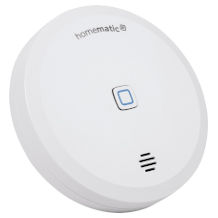
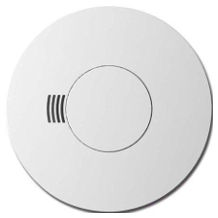
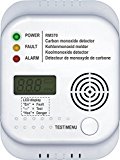
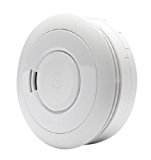
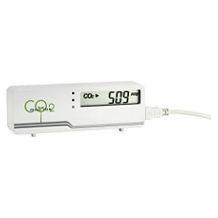
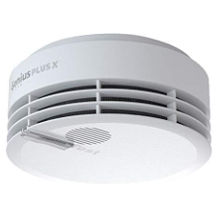
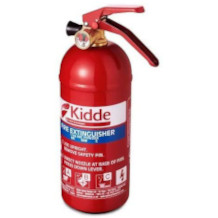


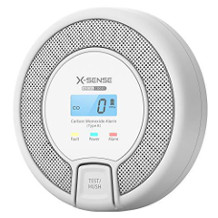



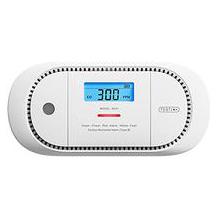
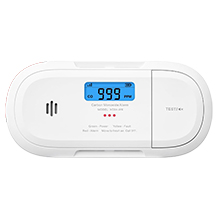

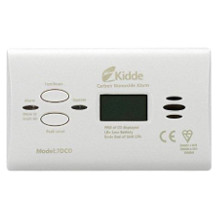


 11,585 reviews
11,585 reviews
